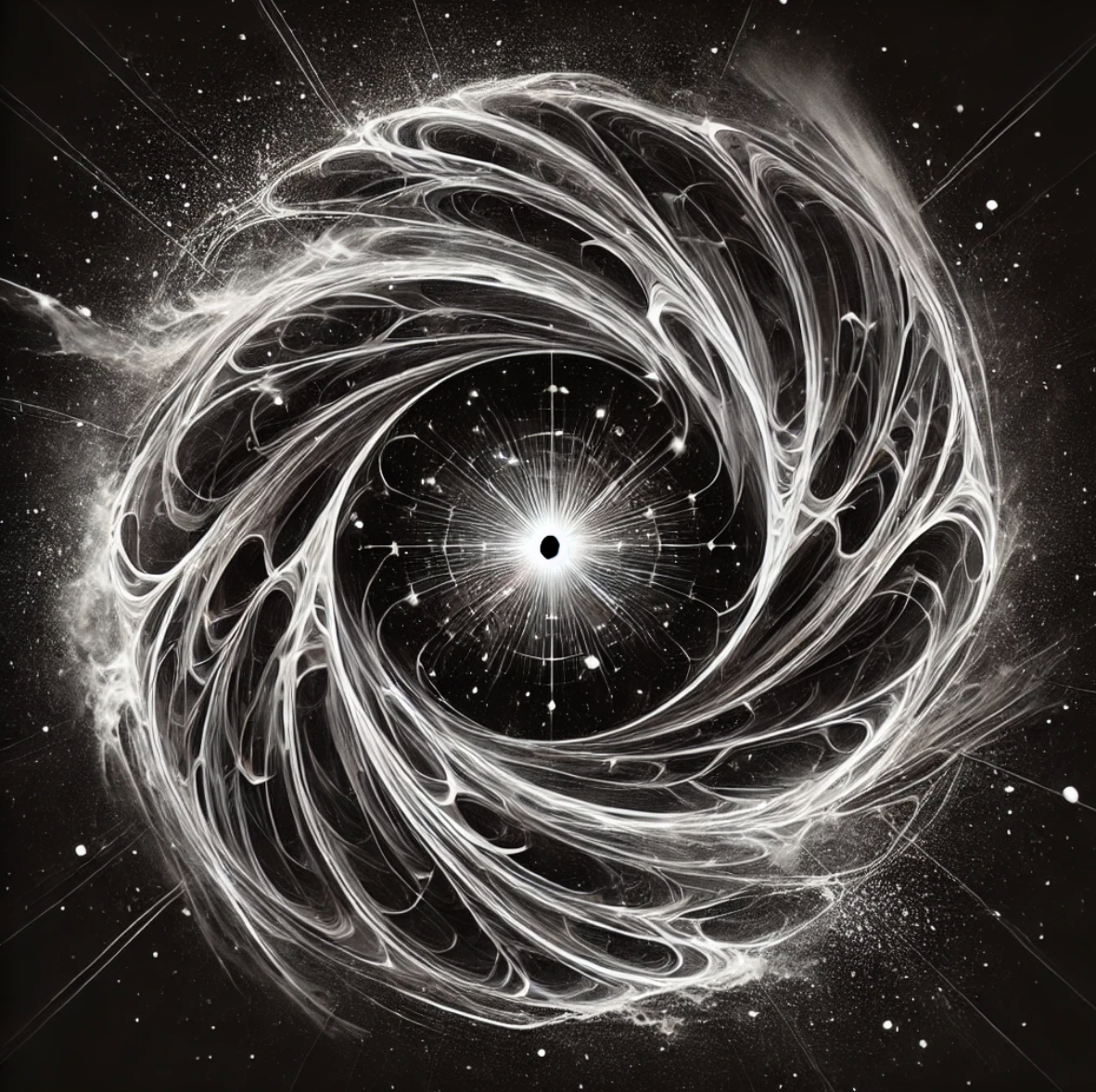Posted July 28, 2024
Empirical Science and the Cyclical Universe Theory with Consideration of the Theory of Entirety
The concept of a cyclical universe, which includes theories such as the Big Bang followed by a Big Crunch, has been a topic of significant interest and debate in the field of cosmology. Here are some key points on how empirical science approaches this idea:
Cosmic Microwave Background (CMB): The CMB is crucial empirical evidence that supports the Big Bang theory. It provides a snapshot of the universe about 400,000 years after the Big Bang, showing how matter was distributed. This background radiation is consistent with the universe having expanded from a hot, dense state (Astronomy Magazine) (Discover Magazine).
Inflation Theory: The inflationary model attempts to explain the homogeneity and isotropy of the universe by proposing a rapid expansion immediately after the Big Bang. However, some issues with this model, such as the singularity problem and its difficulty in integrating with string theory and quantum mechanics, have led scientists to consider alternative models, including cyclical ones (Discover Magazine) (Universe Today).
Cyclic Models: Cyclical models, like the one proposed by Steinhardt and Turok, suggest that the universe undergoes endless cycles of expansion and contraction. This model avoids the singularity problem by proposing a previous phase leading up to the Big Bang, where the universe contracts slowly before rebounding in a new expansion phase (Universe Today) (Wikipedia).
Big Bounce Theory: The Big Bounce is a variant of the cyclic model where a previous universe contracts to a point where quantum effects cause a bounce, leading to a new expansion phase. This theory is supported by some formulations of loop quantum cosmology, which predict a quantum bridge between contracting and expanding phases (Wikipedia).
Conformal Cyclic Cosmology: Proposed by Roger Penrose, this theory suggests that the universe goes through infinite cycles, where each Big Bang is preceded by the end of the previous universe in a state of infinite expansion. This model addresses the entropy problem by proposing that the universe returns to a state with no scale before the next Big Bang occurs (Wikipedia).
Theory of Entirety and Its Relevance
The challenges faced by empirical models, such as inflation theory and cyclic models, in integrating with string theory and quantum mechanics highlight the need for a more comprehensive theoretical framework. The Theory of Entirety, represented by the formula
e=č²(0)1 posits a unified understanding of cosmic phenomena that could address these integration difficulties:
Unified Framework: The Theory of Entirety offers a unified framework that transcends the limitations of existing empirical models. By considering the totality of existence, it aims to bridge the gap between macroscopic cosmological models and microscopic quantum mechanics.
Cosmic Cycles: The theory speculates that the Big Bang represents a cosmic stretch leading to a cosmic crunch, occurring alongside any parallel universe due to evidence of galaxies found older than the Big Bang. This cyclical process aligns with the idea of an endless loop of universal birth and death, potentially providing a more coherent explanation for the observed phenomena (Astronomy Magazine) (Discover Magazine) (Universe Today) (Wikipedia).
Empirical Validation: While current empirical models provide robust evidence for the Big Bang, they struggle with pre-Big Bang phenomena and the singularity problem. The Theory of Entirety’s framework could offer new insights and predictions that guide future empirical research, helping to validate or refine existing models.
Conclusion
The Theory of Entirety, with its holistic approach, addresses some of the fundamental issues faced by current empirical models, such as their integration with string theory and quantum mechanics. By offering a broader perspective on cosmic phenomena, it provides a potential pathway for resolving the challenges posed by the inflationary model and cyclical universe theories. This highlights the importance of developing comprehensive theoretical frameworks that can accommodate both empirical observations and fundamental physical principles.
